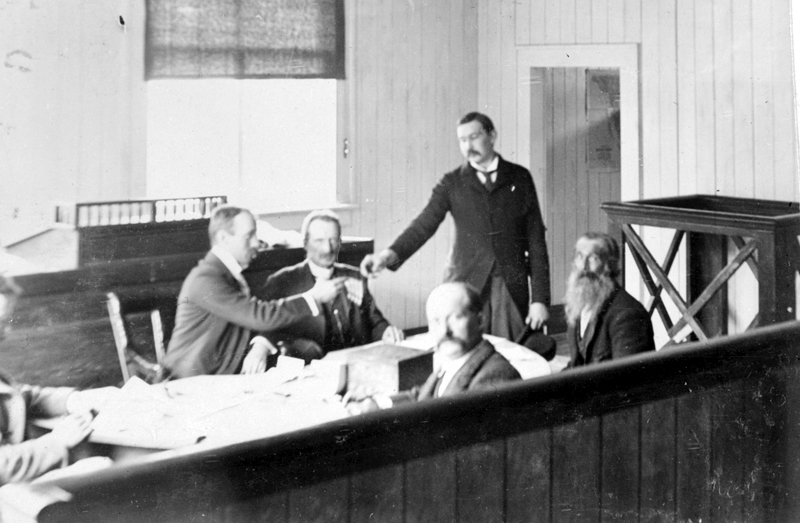British Columbia's electoral system is based on the principle of representation by population. The province is divided into 93 electoral districts (or constituencies), and the voters in each constituency elect one person to represent them in the Legislative Assembly. Elected representatives in B.C. are called Members of the Legislative Assembly (or MLAs).
In B.C.’s first provincial general election in 1871, there were 25 MLAs elected from 12 electoral districts. Due to the narrow eligibility requirements at the time, less than 3,000 people were eligible to vote (only male British subjects, at least 21 years of age, who met certain property and residence requirements were eligible). By comparison, at close of voting for the 2020 Provincial General Election, there were 3,486,398 registered voters.
The number of MLAs and the bounderies of their constituencies may be adjusted as B.C.'s population grows. An independent Electoral Boundaries Commission is appointed after every second provincial general election to review the province's electoral boundaries. The Commission can make recommendations to the Legislative Assembly on the area, boundaries, and names of electoral districts.
For detailed maps of British Columbia's 93 constituencies, visit the Elections B.C. website.

Prior to 1991, some constituencies in urban centres were represented by two MLAs. Based on the recommendations of the 1988 Fisher Commission, the electoral system has since been revised to permit only one MLA to represent a constituency.
